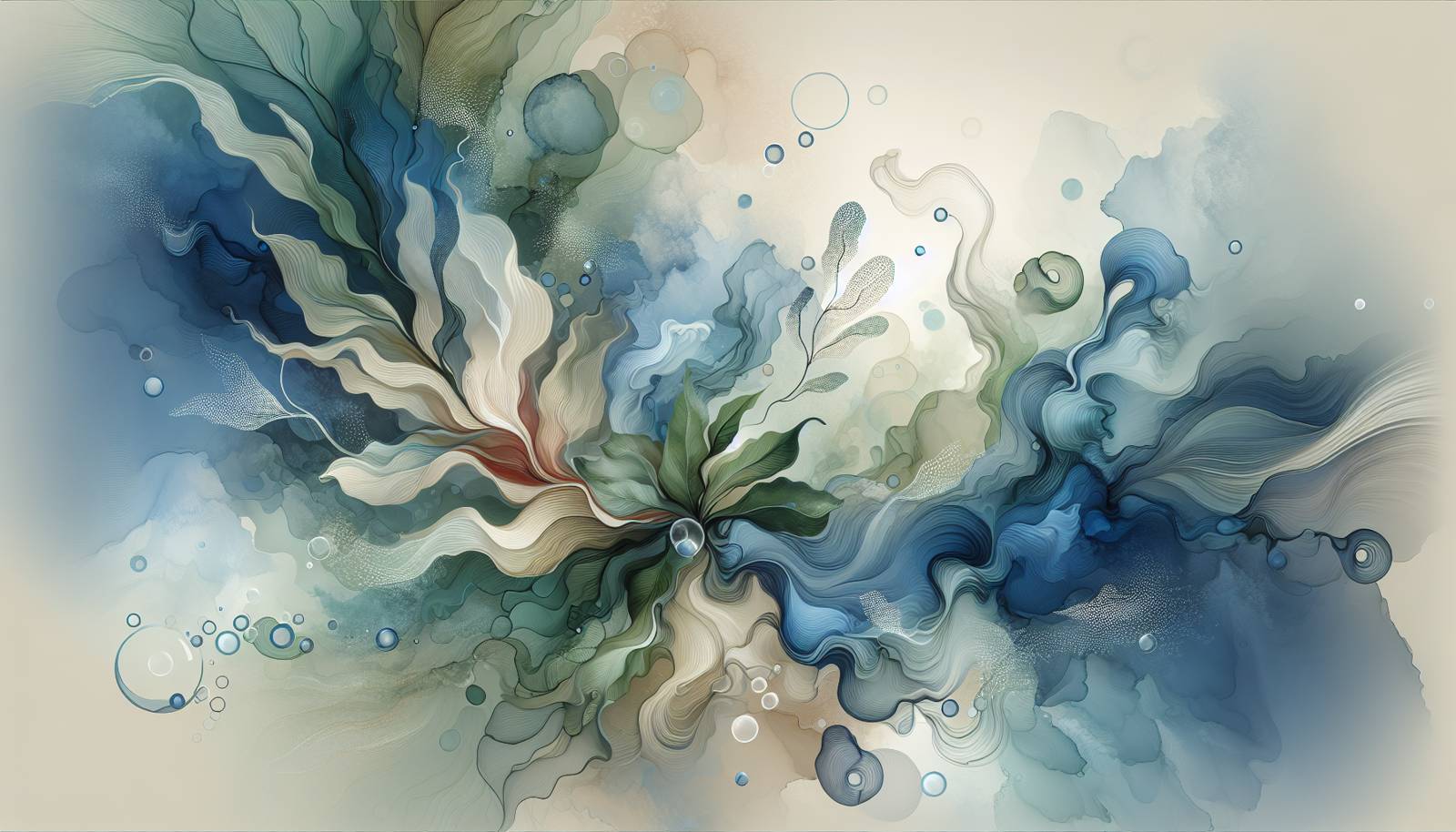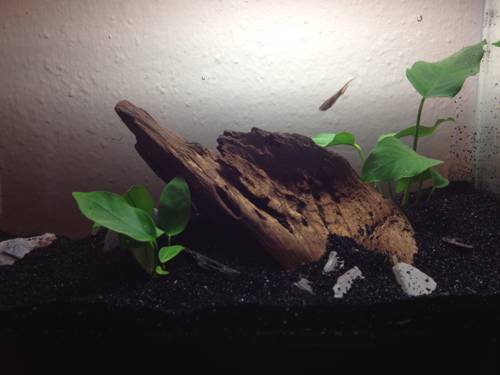
FAQ About Aquascaping Plants for Indoor Water Features

What are common types of aquascaping plants suitable for indoor water features?
Some common types of aquascaping plants suitable for indoor water features include Java Moss, Anubias, Cryptocoryne, Java Fern, and Amazon Sword. These plants are favored for their adaptability to submerged environments and their ability to thrive with varying light conditions.

How do I choose the right aquascaping plants for my indoor water feature?
Choosing the right aquascaping plants involves considering factors like the water parameters (pH, temperature, hardness), available light, and personal style preferences. It's important to select plants that are suitable for the specific conditions of your water feature and are compatible with any aquatic life, such as fish, within the system.

What are the lighting requirements for aquascaping plants in indoor water features?
Lighting requirements vary among aquascaping plants. While some, like Java Moss, can tolerate low-light conditions, others, such as certain species of Cryptocoryne, may require moderate to high light levels to thrive. Investing in adjustable LED aquarium lights can help you customize the lighting setup for optimal plant growth.

How often should aquascaping plants be fertilized in an indoor water feature?
Fertilization frequency depends on the types of plants and the nutrient setup of your water feature. Generally, adding liquid fertilizers or root tabs once every week or bi-weekly can maintain healthy growth. It’s important to observe plant health and adjust fertilization accordingly to prevent nutrient deficiencies or algae growth.

Can I use tropical aquascaping plants in my indoor water feature?
Yes, tropical aquascaping plants like Amazon Sword and Anubias work well in indoor water features. These plants thrive in warmer temperatures typical of indoor environments. Maintaining consistent water temperature and humidity is key for these species.

What is the best substrate for planting aquascaping plants in indoor water features?
Ideal substrates for aquascaping plants include nutrient-rich options like aqua soil and fine gravel designed for aquariums. These substrates provide essential nutrients and stability for plants' root systems, encouraging healthy growth and vibrant displays.

How can I maintain a low-maintenance aquascaping setup in my indoor water feature?
To create a low-maintenance aquascaping setup, select hardy plant species like Java Moss and Anubias, which require less frequent care. Ensure adequate filtration and lighting, and consider automatic water top-up systems to prevent evaporation issues. Regular monitoring can help catch potential problems early.

Are there any legal restrictions on importing certain aquascaping plants for indoor water features?
Legal restrictions can apply to importing specific aquatic plants due to invasive species regulations. It's advisable to check local laws and import regulations regarding aquatic plants. Some species might require permits or be prohibited altogether due to ecological concerns.

Can aquarium fish be combined with aquascaping plants in indoor water features?
Yes, many aquascaping setups include aquarium fish and benefit from their combined ecosystem. Fish naturally contribute nutrients through waste, enhancing plant growth. However, compatibility between fish and plants must be considered, ensuring the plants are not eaten or destroyed by the fish.

How do I prevent algae growth while maintaining aquascaping plants in indoor water features?
Balancing light exposure and nutrient levels is crucial for preventing algae growth. Implementing a regular maintenance routine, including monitoring light durations and nutrient balances, and introducing algae-eating fish or snails can also help control algae while supporting plant health.

What are some aesthetic design tips for aquascaping indoor water features?
To enhance aesthetics, arrange plants with varied heights and textures for depth and dimension. Consider using driftwood or stones as anchor pieces. Experiment with planting patterns and always maintain balance within the design. Regular trimming and pruning ensure a tidy and captivating display.

Are there specific water chemistry needs for aquascaping plants?
Yes, optimal water chemistry needs include a balanced pH (usually between 6.5 to 7.5), appropriate hardness, and stable nitrate levels. Aquascaping plants often thrive in freshwater setups, and regular testing can help maintain these ideal conditions.

What common maintenance tasks are necessary for aquascaping plants?
Common maintenance tasks include trimming overgrown plants, monitoring water quality, replacing or adding nutrients, and cleaning filters. Periodic removal of debris and checking for signs of disease or poor health are essential steps in maintaining plant vitality.

How do I control pests in my aquascaping plant setup?
Pest control involves regular monitoring and removal of unwanted critters like snails. Introducing natural predators, such as certain fish species or manually removing pests can be effective strategies. Maintaining water quality helps prevent outbreaks of pests and disease.

Can aquascaping plants improve air quality indoors?
While aquascaping plants primarily affect water quality and aesthetics, they can contribute indirectly to better air quality. Healthy aquascaping ecosystems can result in cleaner, humidified indoor air but are more effective in water purification rather than direct air quality improvement.

What temperature range is ideal for aquascaping plants in indoor water features?
The ideal temperature range for most aquascaping plants is between 22°C and 26°C (71°F to 79°F). This range accommodates a variety of tropical plants. Temperature control ensures plant health and optimum growth rates.

Can I grow aquascaping plants without CO2 supplementation?
While CO2 supplementation can enhance plant growth, many aquascaping plants such as Java Fern and Anubias can grow effectively without it. Selecting low-light plants and maintaining nutrient-rich substrates can compensate for the lack of CO2 supplementation in your setup.

How do I integrate aquascaping plants into existing indoor water features?
To integrate aquascaping plants into an existing setup, assess the current water conditions and choose compatible plant species. Use aquascaping tools to gently position plants within the substrate. Encouraging gradual adjustment for the plant system ensures stability for the overall water feature.

Why are aquascaping plants beneficial for biodiversity in indoor water features?
Aquascaping plants enhance biodiversity by creating a complex, layered environment that hosts various aquatic species. They provide shelter and breeding grounds for fish and microorganisms, fostering a balanced ecosystem. This biodiversity enriches aesthetic value and ecological stability.

What are the benefits of DIY aquascaping versus professional setups?
DIY aquascaping offers creative freedom, cost savings, and personal satisfaction. It allows enthusiasts to develop hands-on experience with plant care and water chemistry. Professional setups guarantee expert design and maintenance but may involve higher costs. Both approaches hold unique benefits depending on personal preference and skill level.
